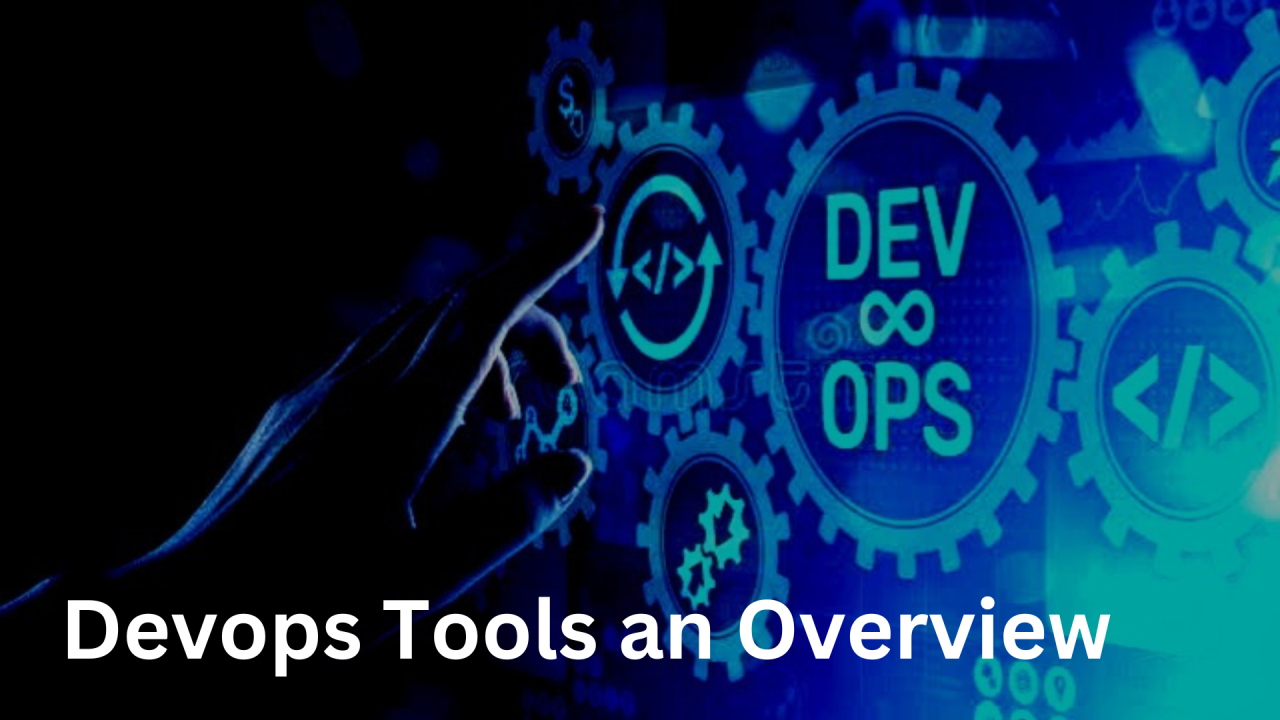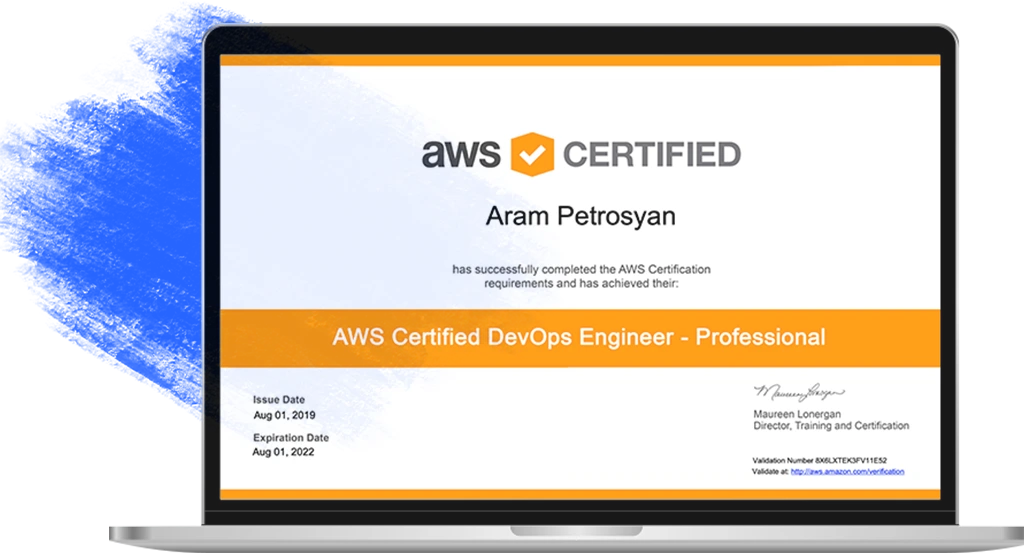“Unlock Efficiency: Your Ultimate Guide to the Top DevOps Tools of 2024!”
Introduction
In 2024, the landscape of DevOps continues to evolve, driven by the need for faster software delivery, improved collaboration, and enhanced automation. This comprehensive guide explores the top DevOps tools that are shaping the industry, highlighting their features, benefits, and how they integrate into modern development workflows. From continuous integration and continuous deployment (CI/CD) solutions to monitoring and collaboration platforms, these tools are essential for teams aiming to streamline processes, increase efficiency, and foster a culture of innovation. Whether you are a seasoned DevOps professional or just starting your journey, this guide will provide valuable insights into the tools that can help you achieve your goals in the dynamic world of software development.
Kubernetes: The Future of Container Orchestration
Kubernetes has emerged as a pivotal technology in the realm of container orchestration, and its significance is only expected to grow in 2024. As organizations increasingly adopt microservices architectures, the need for efficient management of containerized applications becomes paramount. Kubernetes, originally developed by Google, has evolved into an open-source platform that automates the deployment, scaling, and management of containerized applications, making it an indispensable tool for DevOps teams.
One of the primary advantages of Kubernetes is its ability to manage complex applications composed of multiple containers. By abstracting the underlying infrastructure, Kubernetes allows developers to focus on writing code rather than worrying about the deployment environment. This abstraction is achieved through a declarative configuration model, where users define the desired state of their applications, and Kubernetes takes care of maintaining that state. This not only simplifies the deployment process but also enhances the reliability and scalability of applications.
Moreover, Kubernetes supports a wide range of container runtimes, which provides flexibility in choosing the best tools for specific use cases. This versatility is crucial as organizations often have diverse technology stacks and varying requirements. Additionally, Kubernetes integrates seamlessly with popular CI/CD tools, enabling automated testing and deployment pipelines. This integration fosters a culture of continuous delivery, allowing teams to release updates more frequently and with greater confidence.
As organizations scale their operations, managing resources efficiently becomes increasingly important. Kubernetes excels in this area by providing features such as auto-scaling, load balancing, and self-healing capabilities. Auto-scaling allows Kubernetes to automatically adjust the number of running containers based on demand, ensuring optimal resource utilization. Load balancing distributes incoming traffic across multiple containers, enhancing application performance and reliability. Furthermore, self-healing capabilities enable Kubernetes to automatically replace failed containers, minimizing downtime and ensuring that applications remain available.
In addition to its robust feature set, Kubernetes benefits from a vibrant ecosystem of tools and extensions. The Cloud Native Computing Foundation (CNCF) oversees the development of Kubernetes and promotes a wide array of complementary projects that enhance its functionality. For instance, tools like Helm facilitate the management of Kubernetes applications through package management, while Istio provides advanced traffic management and security features. This rich ecosystem allows organizations to tailor their Kubernetes deployments to meet specific needs, further solidifying its position as the go-to solution for container orchestration.
Looking ahead to 2024, the adoption of Kubernetes is expected to accelerate as more organizations recognize its potential to streamline operations and improve agility. As businesses continue to embrace digital transformation, the demand for scalable and resilient applications will only increase. Kubernetes not only meets these demands but also empowers teams to innovate faster by reducing the complexity associated with managing containerized environments.
In conclusion, Kubernetes stands at the forefront of container orchestration, offering a comprehensive solution for managing modern applications. Its ability to automate deployment, scale resources dynamically, and integrate with a wide range of tools makes it an essential component of any DevOps strategy. As organizations navigate the challenges of an increasingly digital landscape, Kubernetes will undoubtedly play a crucial role in shaping the future of software development and deployment. Embracing this technology in 2024 will enable teams to enhance their operational efficiency and drive innovation, ultimately leading to greater success in an ever-evolving market.
Terraform: Infrastructure as Code for Modern DevOps
In the rapidly evolving landscape of DevOps, the need for efficient and scalable infrastructure management has never been more critical. As organizations strive to enhance their deployment processes and improve collaboration between development and operations teams, Terraform has emerged as a leading tool in the realm of Infrastructure as Code (IaC). This powerful open-source tool, developed by HashiCorp, allows teams to define and provision data center infrastructure using a high-level configuration language, thereby streamlining the management of complex environments.
One of the primary advantages of Terraform is its ability to enable version control for infrastructure. By treating infrastructure configurations as code, teams can leverage version control systems such as Git to track changes, collaborate on updates, and roll back to previous configurations when necessary. This capability not only enhances accountability but also fosters a culture of collaboration among team members, as they can easily review and discuss changes before implementation. Furthermore, the declarative nature of Terraform allows users to specify the desired state of their infrastructure, while Terraform takes care of the underlying complexities involved in achieving that state. This abstraction simplifies the process of infrastructure management, making it accessible even to those who may not have extensive experience in system administration.
Moreover, Terraform’s extensive provider ecosystem is another significant factor contributing to its popularity. With support for a wide range of cloud platforms, including AWS, Azure, and Google Cloud, as well as on-premises solutions, Terraform enables organizations to manage hybrid and multi-cloud environments seamlessly. This flexibility is particularly valuable in today’s diverse technological landscape, where businesses often utilize multiple cloud providers to optimize performance and cost. By using Terraform, teams can maintain a consistent approach to infrastructure management across various platforms, reducing the risk of configuration drift and ensuring that best practices are followed.
In addition to its core functionalities, Terraform offers a robust module system that promotes reusability and standardization. Teams can create reusable modules for common infrastructure components, such as networking configurations or application deployments, which can then be shared across projects. This not only accelerates the provisioning process but also ensures that best practices are consistently applied throughout the organization. As a result, teams can focus on delivering value to their customers rather than getting bogged down in repetitive tasks.
Furthermore, Terraform’s integration capabilities with other DevOps tools enhance its utility within the broader DevOps ecosystem. For instance, it can be easily integrated with CI/CD pipelines, enabling automated infrastructure provisioning as part of the deployment process. This integration ensures that infrastructure changes are tested and validated alongside application code, reducing the likelihood of errors and improving overall deployment reliability. Additionally, Terraform’s state management feature allows teams to maintain an up-to-date representation of their infrastructure, facilitating better collaboration and visibility across teams.
As organizations continue to embrace DevOps practices, the importance of tools like Terraform cannot be overstated. By providing a powerful and flexible solution for managing infrastructure as code, Terraform empowers teams to innovate rapidly while maintaining control over their environments. As we look ahead to 2024, it is clear that Terraform will remain a cornerstone of modern DevOps practices, enabling organizations to navigate the complexities of infrastructure management with confidence and efficiency. In conclusion, adopting Terraform not only enhances operational efficiency but also fosters a culture of collaboration and innovation, making it an indispensable tool for any forward-thinking organization.
Jenkins: Continuous Integration and Continuous Delivery Best Practices
Jenkins has established itself as a cornerstone in the realm of continuous integration and continuous delivery (CI/CD), making it an indispensable tool for developers and organizations aiming to streamline their software development processes. As we look ahead to 2024, understanding the best practices associated with Jenkins can significantly enhance its effectiveness and ensure that teams can deliver high-quality software at an accelerated pace.
To begin with, one of the fundamental best practices when using Jenkins is to maintain a well-structured pipeline. A Jenkins pipeline defines the entire process of building, testing, and deploying applications, and it is crucial to design it in a way that is both clear and maintainable. By utilizing the declarative pipeline syntax, teams can create a more readable and organized configuration, which not only simplifies the onboarding of new team members but also facilitates easier updates and modifications as project requirements evolve.
Moreover, integrating version control systems, such as Git, with Jenkins is essential for effective CI/CD. By linking Jenkins to a version control repository, teams can automate the triggering of builds upon code commits. This practice not only ensures that the latest code changes are continuously tested but also helps in identifying integration issues early in the development cycle. Consequently, developers can address problems promptly, reducing the risk of significant setbacks later in the process.
In addition to these foundational practices, it is vital to implement automated testing within the Jenkins pipeline. Automated tests, including unit tests, integration tests, and end-to-end tests, should be executed at various stages of the pipeline to validate code changes. By incorporating testing early and often, teams can catch defects sooner, which ultimately leads to higher quality software and a more efficient development process. Furthermore, leveraging tools such as JUnit or Selenium within Jenkins can enhance the testing capabilities, providing comprehensive feedback on the application’s performance and functionality.
Another critical aspect of utilizing Jenkins effectively is to ensure that the build environment is consistent and reproducible. This can be achieved by using containerization technologies like Docker. By encapsulating the application and its dependencies within a Docker container, teams can create a uniform environment that mirrors production settings. This practice not only minimizes the “it works on my machine” syndrome but also simplifies the deployment process across different environments.
Additionally, monitoring and logging are essential components of a successful Jenkins implementation. By integrating monitoring tools such as Prometheus or Grafana, teams can gain insights into the performance of their Jenkins jobs and identify bottlenecks or failures in real-time. Coupled with comprehensive logging practices, this approach allows for better troubleshooting and enhances the overall reliability of the CI/CD pipeline.
Furthermore, it is important to regularly update Jenkins and its plugins to leverage the latest features and security enhancements. The Jenkins community is active and continuously evolving, which means that staying current with updates can provide significant advantages in terms of performance and security. Regular maintenance not only helps in avoiding potential vulnerabilities but also ensures that teams can take advantage of new functionalities that can further optimize their workflows.
In conclusion, Jenkins remains a powerful tool for continuous integration and continuous delivery, and adhering to best practices can significantly enhance its utility. By focusing on structured pipelines, integrating version control, automating testing, ensuring environment consistency, monitoring performance, and keeping the system updated, organizations can maximize their efficiency and deliver high-quality software in a timely manner. As we move into 2024, these practices will be crucial for teams looking to thrive in an increasingly competitive software development landscape.
Conclusion
In conclusion, the top DevOps tools for 2024 emphasize automation, collaboration, and efficiency, catering to the evolving needs of software development and IT operations. Key tools such as GitHub, Jenkins, Docker, Kubernetes, and Terraform are essential for streamlining workflows, enhancing continuous integration and delivery, and managing infrastructure as code. As organizations increasingly adopt DevOps practices, leveraging these tools will be crucial for achieving faster deployment cycles, improved quality, and greater alignment between development and operations teams. Staying updated with the latest advancements in these tools will empower teams to drive innovation and maintain a competitive edge in the rapidly changing tech landscape.





